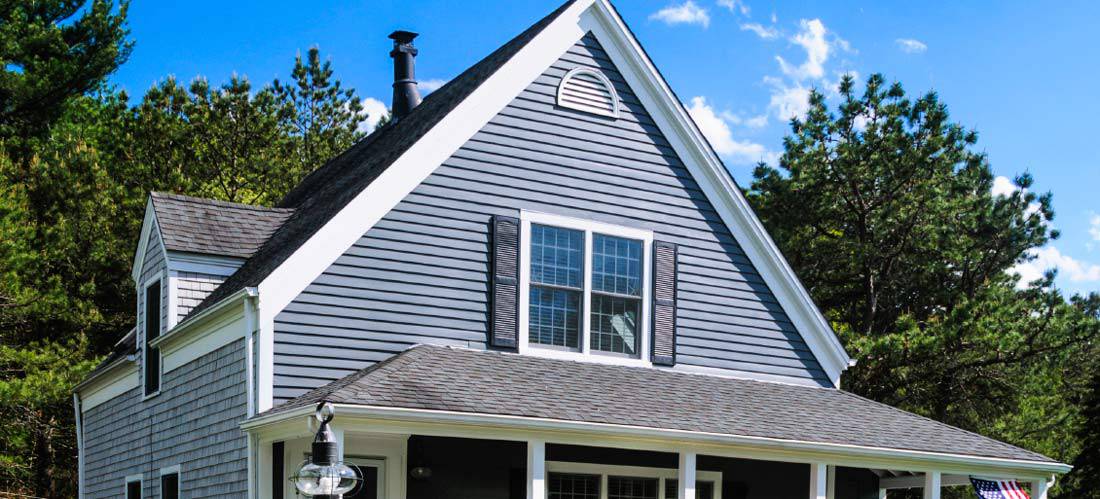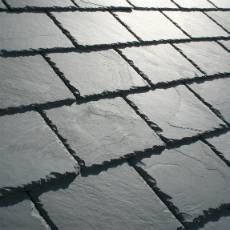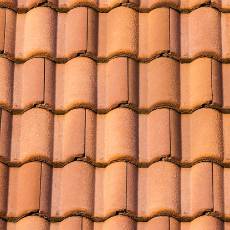Get insight into natural slate roofing vs traditional tile roofing. Which one is right for your property?
The wide variety of building materials available for residential roofing allows homeowners a choice in the appearance of their property. While most roofing materials provide the protection needed from rain and snow, a comparison of natural slate roofing vs. traditional tile roofing demonstrates the range of available products on the market.

You can get a roofing estimate that contains materials cost as well as labor cost by finding a professional roofing contractor using the listings at QualitySmith.
Natural slate roofing
 Natural slate roofing has been used in Europe since the 13th century, gracing the roofs of both churches and castles across the continent. The material is still in use today because of its incredible durability.
Natural slate roofing has been used in Europe since the 13th century, gracing the roofs of both churches and castles across the continent. The material is still in use today because of its incredible durability.
Once you install a natural slate roof, you can expect it to last for up to one hundred years on average, with some particular slates lasting as long as 200 years. This longevity gives natural slate an environmental advantage, as there is far less waste of materials compared to some other roof coverings.
However, a natural slate roof can be more expensive than other roofing materials. The price of laying slate tile can range from $10 per square foot to as much as $75. While the same look can be attained using a synthetic or composite roof material, natural slate outlasts both of those alternatives.
A slate roof usually has to be placed by a professional since slate tiles can be fragile prior to placement. A professional can also ensure that the roof meets any building requirements necessary for a valid roofing warranty.
Traditional tile roofing
 Clay and concrete tiles are considered traditional types of tile. Like slate, these traditional materials are extremely durable. There is little maintenance required to keep traditional tile looking its best and providing superior protection for your roof. The only time traditional tiles are likely to require roof repair after installation is when a tile is missing or broken.
Clay and concrete tiles are considered traditional types of tile. Like slate, these traditional materials are extremely durable. There is little maintenance required to keep traditional tile looking its best and providing superior protection for your roof. The only time traditional tiles are likely to require roof repair after installation is when a tile is missing or broken.
While clay tile has been used for millennium, concrete tile is a somewhat newer material, though its properties are very similar to clay. Both tile types can be combined with a reflective additive to reduce heat absorption and lower cooling costs. Both are also fireproof, which aids in preventing the spread of a fire throughout the home, a large advantage over a wood shake roof.
Because traditional tiles can be molded, they can be used to create beautifully shaped roofs that sport a variety of tile sizes, shapes and textures. Both tile types can also be crafted to mimic other roofing materials, such as slate or wood shake roofing.
The primary disadvantage to using traditional tiles is the weight associated with the material. Because of the excess weight, the roof's structure may require modification to provide adequate support, increasing installation time and roofing cost. The tiles must also be installed by a professional, especially traditional clay tiles, which break easily when walked over.
A roofing contractor can provide you with roofing prices prior to installation, giving you one more variable to consider in the comparison of natural slate roofing vs. traditional tile roofing. Once you have a material type in mind, either roofing type can be quickly set into place, adding not only to the attractiveness of your home but to its resale value as well.













Write a Comment